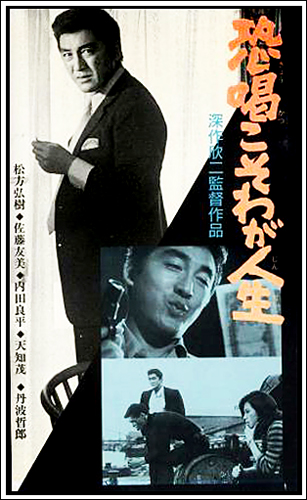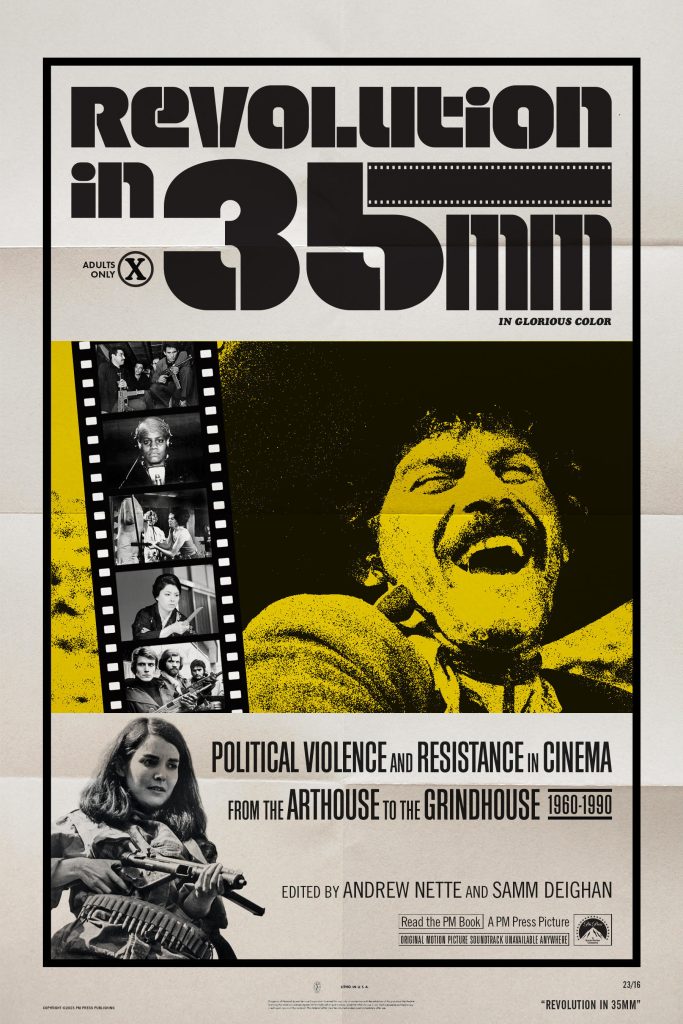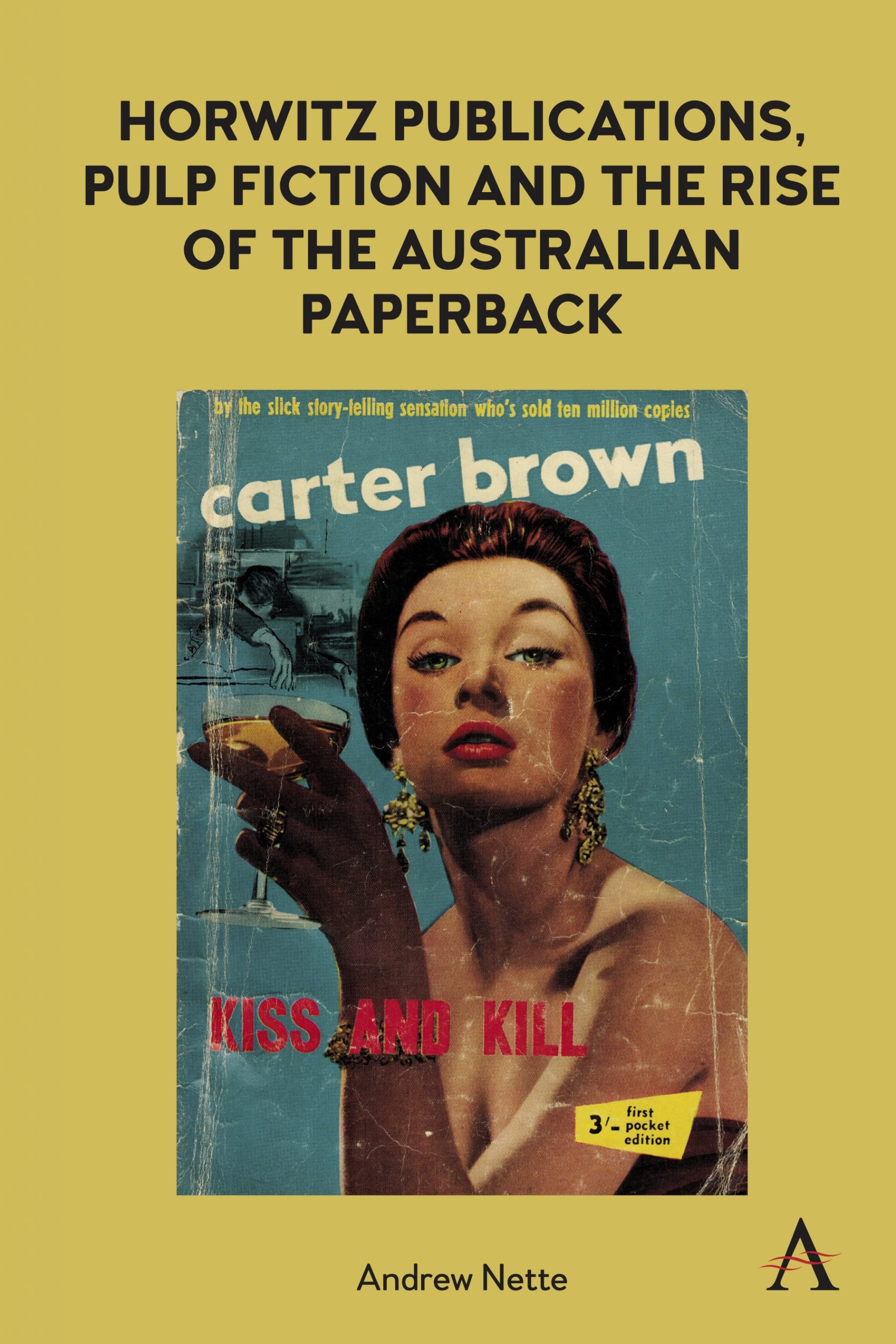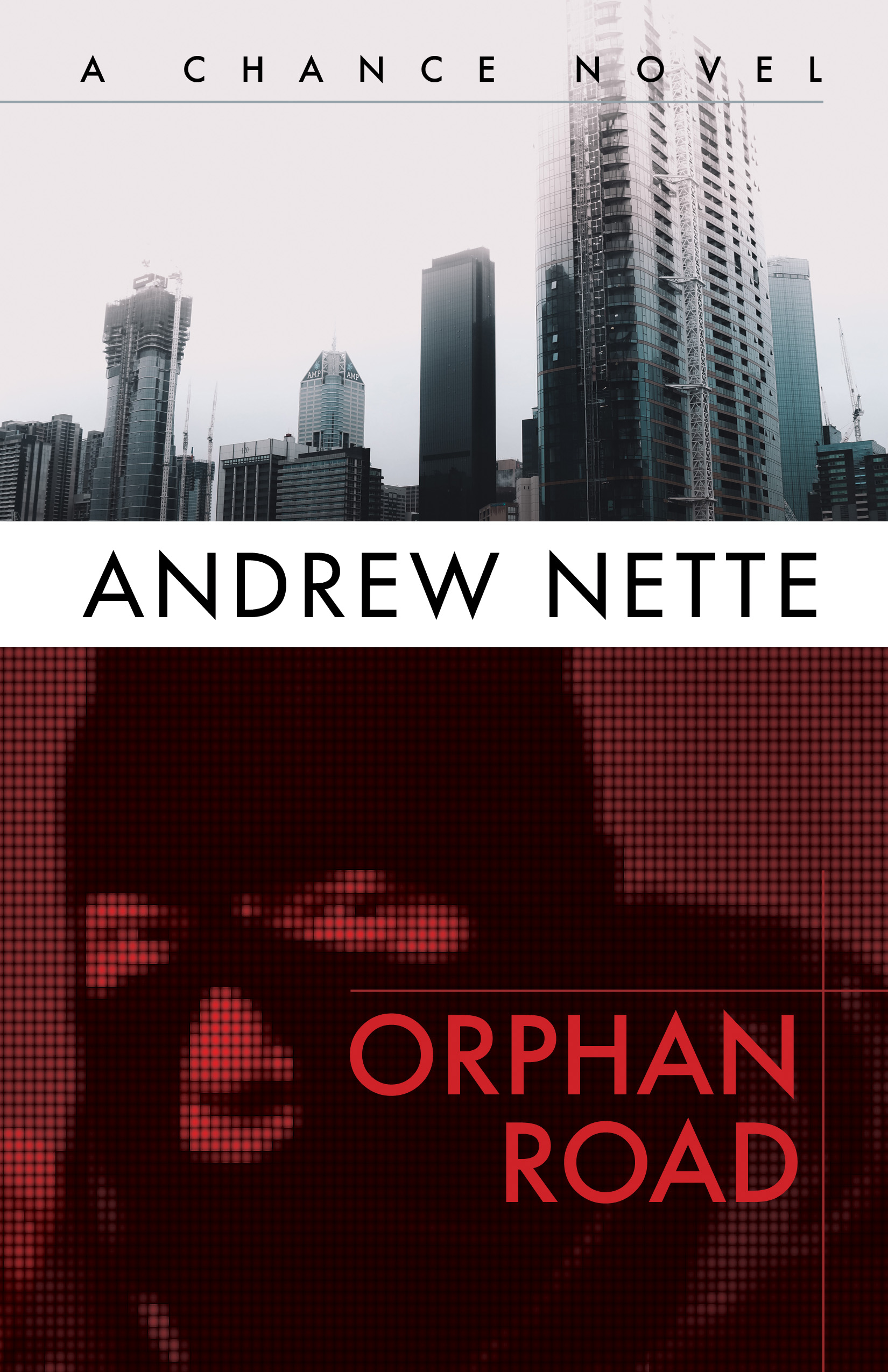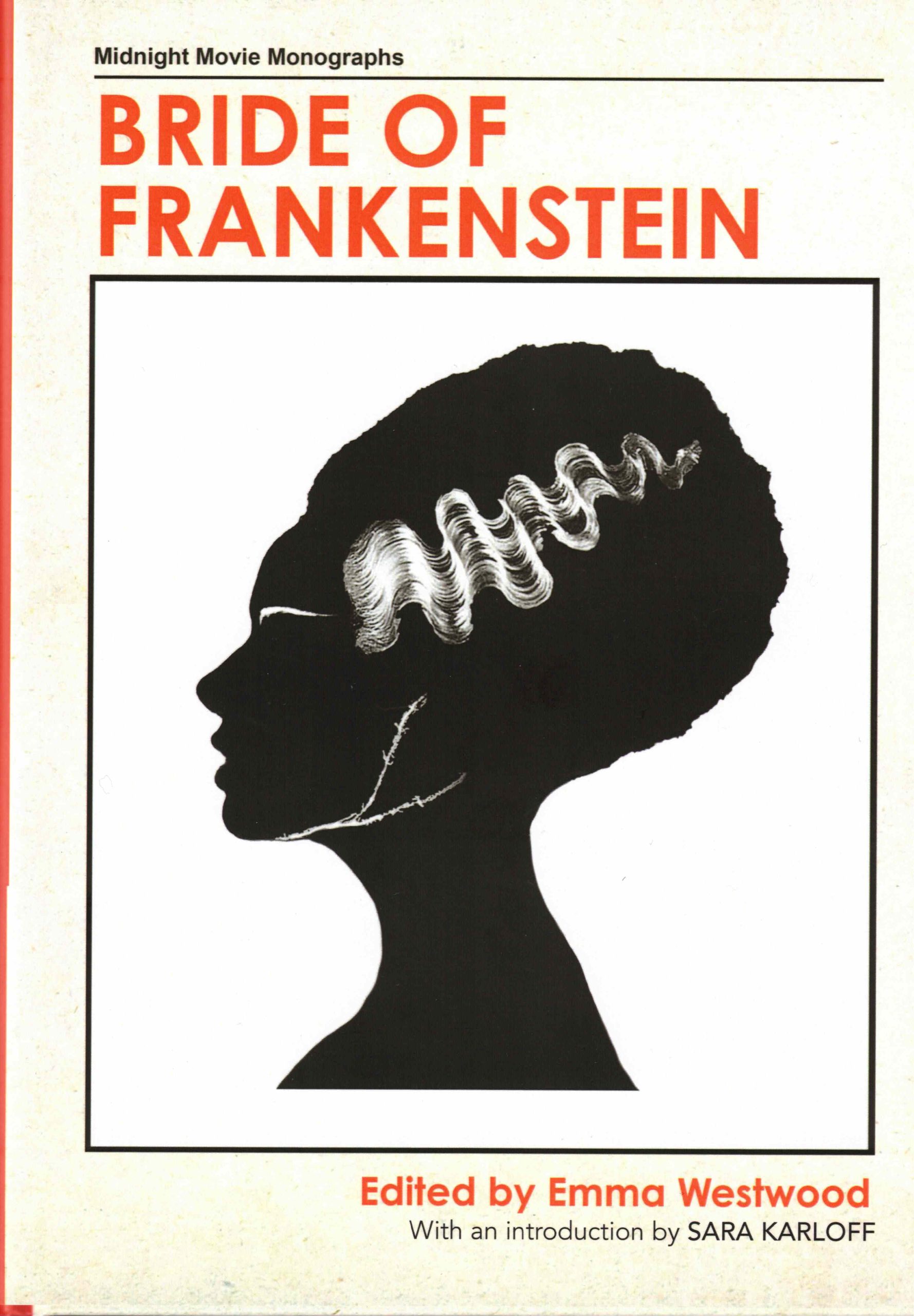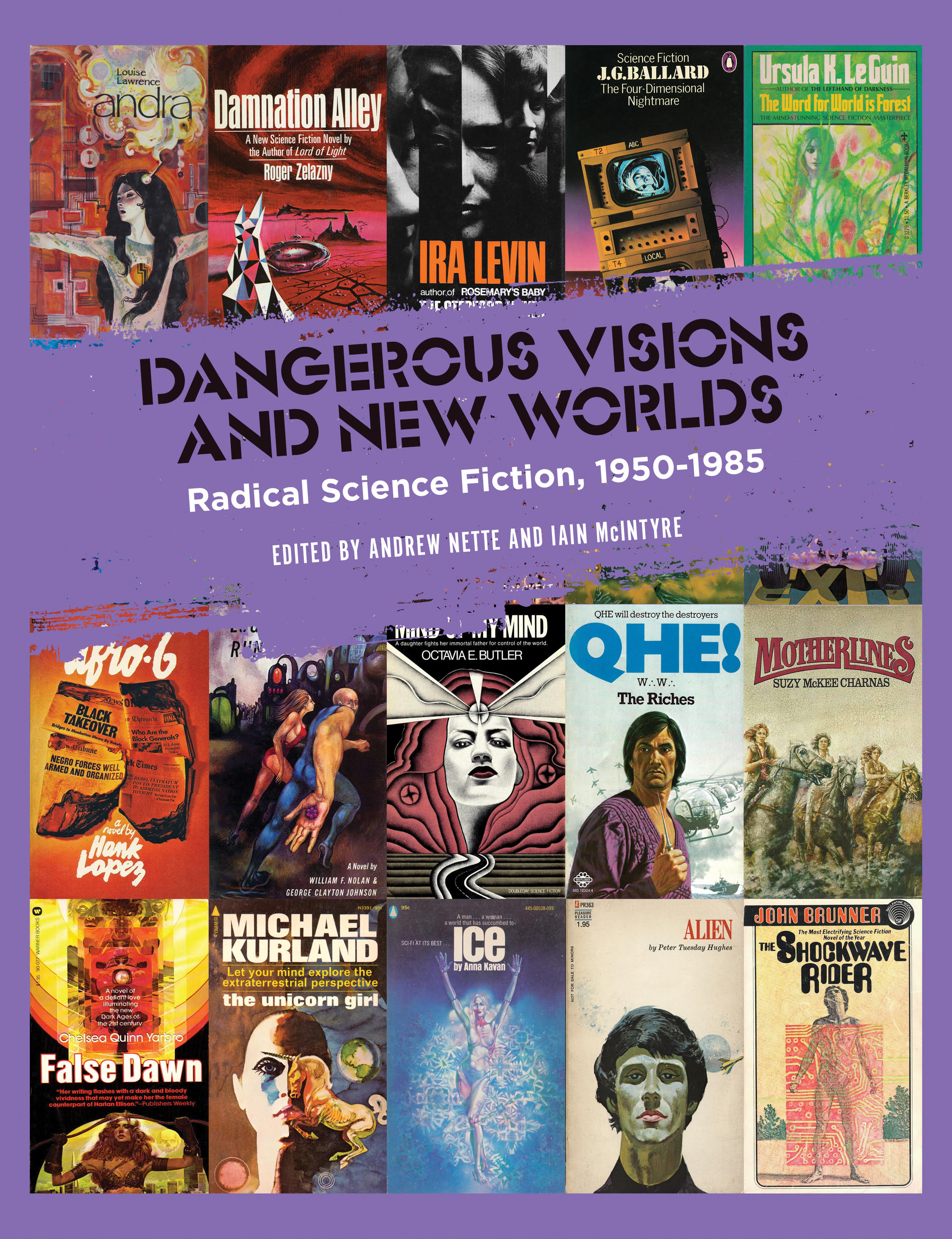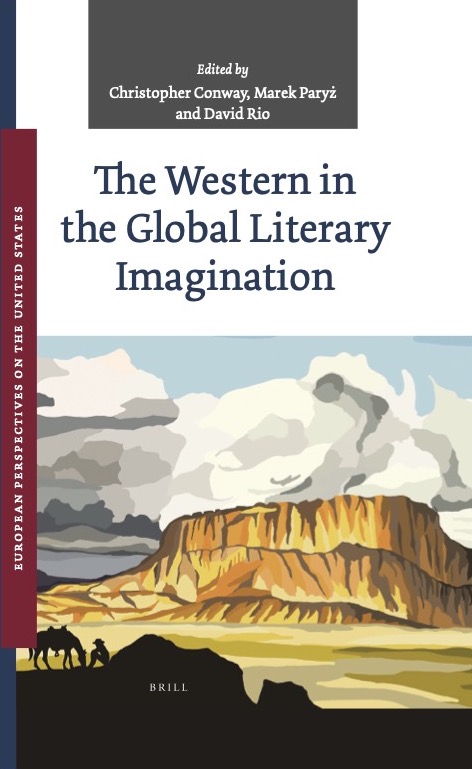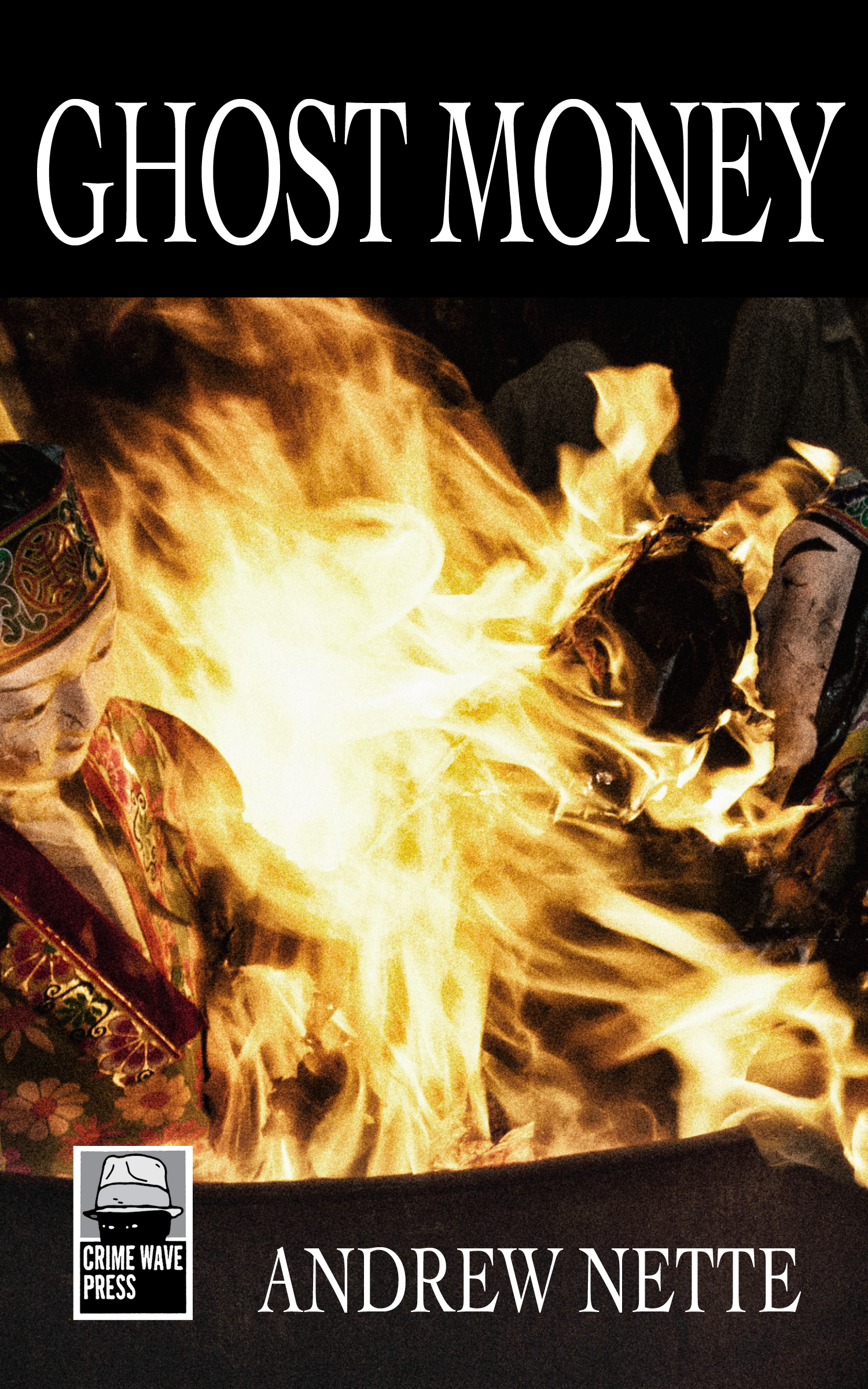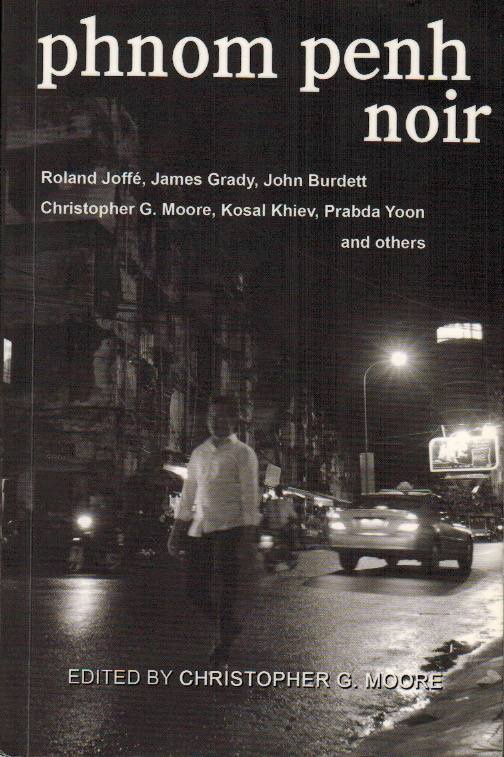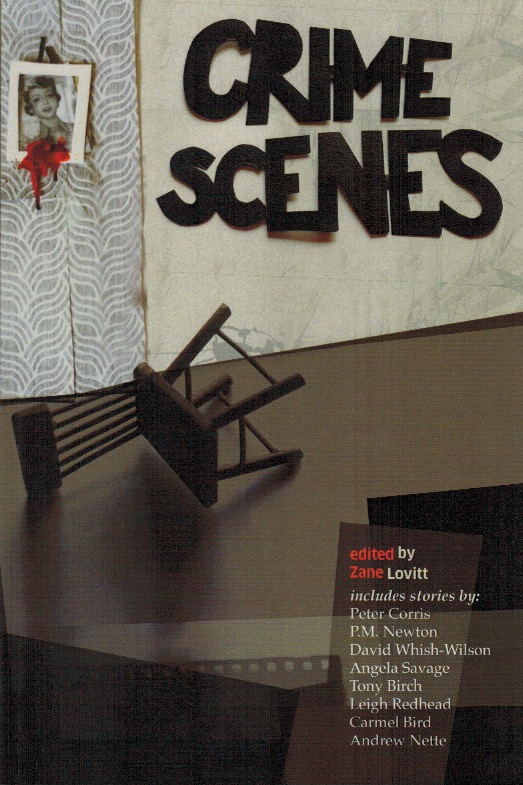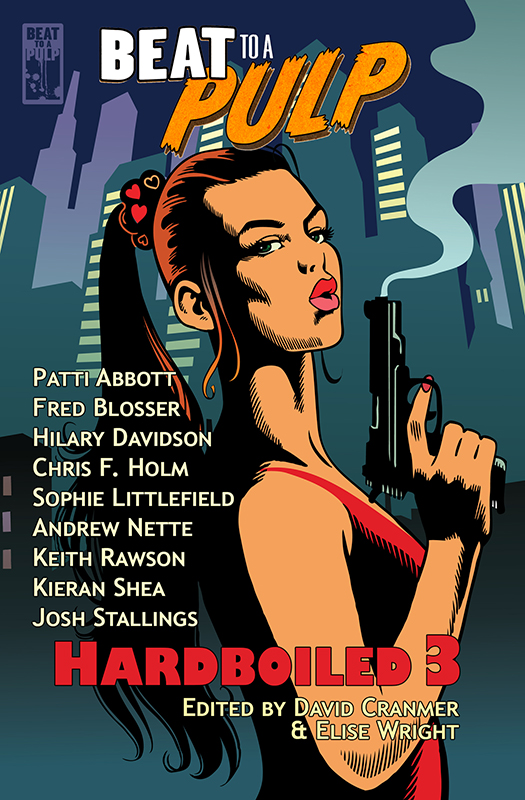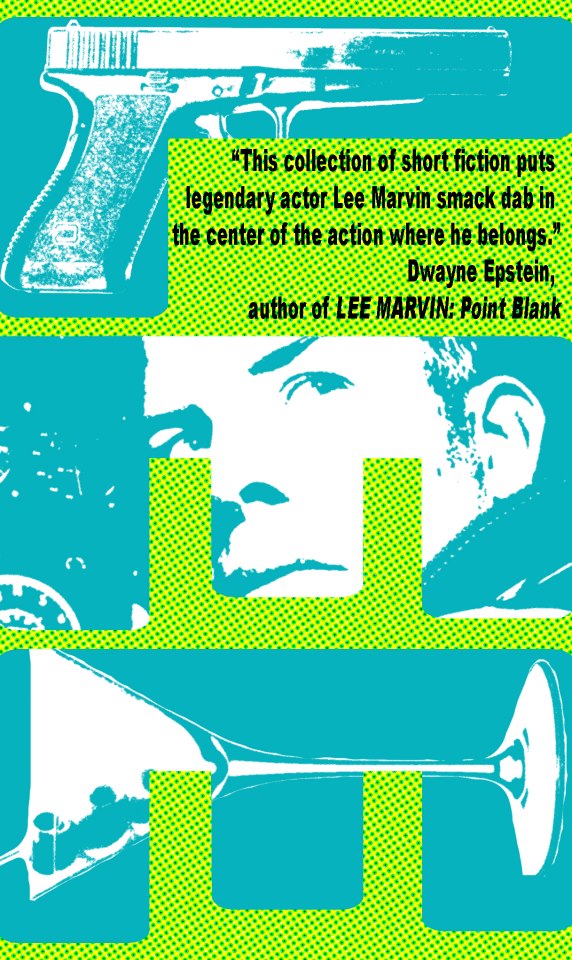Search
-
Recent Posts
- Dishing up Pulp Curry in a new way: why I am starting a Substack newsletter
- Book reviews: Deadly dames, midcentury Brit pulp and 1970s science fiction
- Mackenna’s Gold (1969): Gold, Ghosts and Frontier Violence
- Orphan Road book launch
- Orphan Road now available
- Pre-orders open for my new novel, Orphan Road
- Cover reveal: Orphan Road, my follow up to Gunshine State
- Breakfast in the Ruins podcast: New English Library Bikermania
- Why 1973 was the year Sidney Lumet took on police corruption
- Men’s Adventure Quarterly: Gang Girls issue
Categories
- 1960s American crime films
- 1970s American crime films
- 1980s American crime films
- 1990s American crime films
- Adrian McKinty
- Albert Dekker
- Andre De Toth
- Angela Savage
- Angie Dickinson
- Anthony Zerbe
- Asian noir
- Australian crime fiction
- Australian crime film
- Australian noir
- Australian popular culture
- Australian pulp fiction
- Australian television history
- Ava Gardner
- Beat culture
- Belmont Tower Books
- Ben Wheatley
- Billie Whitelaw
- Black pulp fiction
- Blaxsploitation
- Book cover design
- Book Reviews
- British crime cinema
- British pulp fiction
- Bryan Brown
- Burt Lancaster
- Carter Brown
- Charles Durning
- Charles Willeford
- Chester Himes
- Christopher G Moore
- Christopher Lee
- Cinema culture
- Claude Atkins
- Coronet Books
- Crawford Productions
- Crime Factory
- Crime Factory Publications
- Crime fiction
- Crime fiction and film from Africa
- Crime fiction and film from Cambodia
- Crime fiction and film from China
- Crime fiction and film from India
- Crime fiction and film from Indonesia
- Crime fiction and film from Japan
- Crime fiction and film from Laos
- Crime fiction and film from Latin and Central America
- Crime fiction and film from Malaysia
- Crime fiction and film from New Zealand
- Crime fiction and film from Scandinavia
- Crime fiction and film from Singapore
- Crime fiction and film from South Korea
- Crime fiction and film from Thailand
- Crime fiction and film from the Philippines
- Crime Fiction and film set in Vietnam
- Crime film
- Dangerous Visions and New Worlds Radical Science Fiction 1950 to 1985
- David Goodis
- David Peace
- David Whish-Wilson
- Derek Raymond
- Diana Dors
- Dirk Bogarde
- Don Siegel
- Don Winslow
- Donald Westlake aka Richard Stark
- Dystopian cinema
- Ernest Borgnine
- Eurocrime
- Fawcett Gold Medal Books
- Femme fatale
- Fernando Di Leo
- Filipino genre films
- Film Noir
- Forgotten Melbourne
- French cinema
- French crime fiction
- Garry Disher
- Gene Hackman
- George V Higgins
- Georges Simenon
- Ghost Money
- Giallo cinema
- Gil Brewer
- Girl Gangs, Biker Boys and Real Cool Cats: Pulp Fiction & Youth Culture, 1950-1980
- Gloria Grahame
- Gold Star Publications
- Gregory Peck
- Gunshine State
- Heist films
- Horror
- Horwitz Publications
- Humphrey Bogart
- Ian Fleming
- Interviews
- Ira Levin
- James Caan
- James Crumley
- James Ellroy
- James Hadley Chase
- James Woods
- Jim Brown
- Jim Thompson
- Joel Edgerton
- John Frankenheimer
- Joseph Losey
- Karen Black
- Kerry Greenwood
- Kinji Fukasaku
- Larry Kent
- Laura Elizabeth Woolett
- Lee Marvin
- Leigh Redhead
- Lindy Cameron
- M Emmet Walsh
- Mad Max
- Mafia
- Malla Nunn
- Martin Limon
- Megan Abbott
- Melbourne International Film Festival
- Melbourne Writers Festival
- Men's Adventure Magazines
- Michael Caine
- Michael Fassbender
- Mickey Spillane
- Monarch Books
- Ned Kelly Awards
- Neo Noir
- New English Library
- Newton Thornburg
- Noir Con
- Noir fiction
- Non-crime reviews
- Oren Moverman
- Orphan Road
- Ozsploitation
- Pan Books
- Parker
- Paul Newman
- Peter Boyle
- Peter Corris
- Peter Strickland
- Peter Yates
- Poliziotteschi
- Pulp fiction
- Pulp fiction in the 70s and 80s
- Pulp fiction set in Asia
- Pulp Friday
- Pulp paperback cover art
- Qui Xiaolong
- Raymond Chandler
- Richard Burton
- Richard Conte
- Robert Aldrich
- Robert Mitchum
- Robert Ryan
- Robert Stone
- Rock Hudson
- Roger Smith
- Rollerball
- Rosaleen Norton
- Roy Scheider
- Rural noir
- Sam Levene
- Sam Peckinpah
- Samuel Fuller
- Science fiction and fantasy
- Scripts Publications
- Sidney Lumet
- Sidney Poitier
- Simon Harvester
- Snowtown
- Snubnose Press
- Spies
- Stanley Baker
- Sterling Hayden
- Steve McQueen
- Sticking it the the Man Revolution and Counter Culture in Pulp and Popular Fiction 1950 1980
- Stuart Rosenberg
- Tandem Books
- Tart noir
- Tartan Noir
- Ted Lewis
- Toni Johnson Woods
- True crime
- Vicki Hendricks
- Victor Mature
- Vintage mug shots
- Vintage pulp paperback covers
- Wallace Stroby
- War film
- Westerns
- William Friedkin
- Woody Strode
- Yakuza films
- Yaphet Kotto
Nothing but noir
Recommended reading
The lurid world of pulp
- 20th century Danny Boy
- American Pulps
- Bear Alley
- Bloody, Spicy, Books
- Comics Down Under
- Everything second hand
- Existential Ennui
- Greenleaf Classic Books
- Irv O. Neil's Erotica is My Trade
- Killer Covers
- Lost Classics of Teen Lit 1939-1989
- Luminist Archives
- Men's Pulp Mags
- Mporcius Fiction Log
- Murder, Mayhem and Long Dogs
- Neglected Books
- Nocturnal Revelries
- Paperback Warrior
- Paperbacks of the Gods
- Pop Sensation
- Pulp artists
- Pulp Covers
- Pulp Crazy
- Pulp Flakes
- Pulp International
- Pulp Magazines Project
- Pulp Serenade
- Realms of the Night
- Romance Fiction Has a History
- Rough Edges
- Sin Street Sleaze
- Spy Guys and Gals
- The department of Afro American Research Arts & Culture
- The Dusty Bookcase
- The Haunted World of Richard Sala
- The Moon Lens
- The Nick Carter & Carter Brown Blog
- The Pulp & Paperback Fiction Reader
- Too Much Horror Fiction
- True Pulp Fiction
- Vault of Horror
- Vintage Nurse Romance Novels
- Vintage Romance Novels
- Welcome to the Pan Paperback
- Yellow and Creased
Support This Site
If you like what I do please support me on Ko-fi
Category Archives: Yakuza films
Dishing up Pulp Curry in a new way: why I am starting a Substack newsletter

After much thought I have decided that to experiment with moving the focus of my blogging from this site to a new Pulp Curry Substack newsletter.
Why am I doing this?
The first post on this website appeared on July 2010 (about the incredibly underrated 1979 Australian heist film, Money Movers – you can read the post here). I’ve been writing on the site with varying frequency ever since (579 posts in all), and for the most part have enjoyed it immensely.
But for the last 12 or so months I just haven’t been feeling it – or getting the hits to make it seem worthwhile – and have started to wonder whether it’s worth continuing with the effort. Posting on a website has been starting to feel like the equivalent of trying to read a broadsheet newspaper in a crowded tram carriage, unwieldy and inconvenient.
And, thinking about it, I suspect the blog format is starting to get a bit stale for me and is actually now a brake on my posting more regularly.
I know that I’m no Robinson Crusoe in this regard. The majority of the blogs I used to follow have gradually fallen by the wayside, as people have moved on, grown weary of the effort, found other interests, adopted other means to get their message out, or, in some cases (gulp), died.… Read more
Posted in 1960s American crime films, 1970s American crime films, 1980s American crime films, 1990s American crime films, Adrian McKinty, Albert Dekker, Andre De Toth, Angela Savage, Angie Dickinson, Anthony Zerbe, Asian noir, Australian crime fiction, Australian crime film, Australian noir, Australian popular culture, Australian pulp fiction, Australian television history, Ava Gardner, Beat culture, Belmont Tower Books, Ben Wheatley, Billie Whitelaw, Black pulp fiction, Blaxsploitation, Book cover design, Book Reviews, British crime cinema, British pulp fiction, Bryan Brown, Burt Lancaster, Carter Brown, Charles Durning, Charles Willeford, Chester Himes, Christopher G Moore, Christopher Lee, Cinema culture, Claude Atkins, Coronet Books, Crawford Productions, Crime Factory, Crime Factory Publications, Crime fiction, Crime fiction and film from Africa, Crime fiction and film from Cambodia, Crime fiction and film from China, Crime fiction and film from India, Crime fiction and film from Indonesia, Crime fiction and film from Japan, Crime fiction and film from Laos, Crime fiction and film from Latin and Central America, Crime fiction and film from Malaysia, Crime fiction and film from New Zealand, Crime fiction and film from Scandinavia, Crime fiction and film from Singapore, Crime fiction and film from South Korea, Crime fiction and film from Thailand, Crime fiction and film from the Philippines, Crime Fiction and film set in Vietnam, Crime film, Dangerous Visions and New Worlds Radical Science Fiction 1950 to 1985, David Goodis, David Peace, David Whish-Wilson, Derek Raymond, Diana Dors, Dirk Bogarde, Don Siegel, Don Winslow, Donald Westlake aka Richard Stark, Dystopian cinema, Ernest Borgnine, Eurocrime, Fawcett Gold Medal Books, Femme fatale, Fernando Di Leo, Filipino genre films, Film Noir, Forgotten Melbourne, French cinema, French crime fiction, Garry Disher, Gene Hackman, George V Higgins, Georges Simenon, Ghost Money, Giallo cinema, Gil Brewer, Girl Gangs, Biker Boys and Real Cool Cats: Pulp Fiction & Youth Culture, 1950-1980, Gloria Grahame, Gold Star Publications, Gregory Peck, Gunshine State, Heist films, Horror, Horwitz Publications, Humphrey Bogart, Ian Fleming, Interviews, Ira Levin, James Caan, James Crumley, James Ellroy, James Hadley Chase, James Woods, Jim Brown, Jim Thompson, Joel Edgerton, John Frankenheimer, Joseph Losey, Karen Black, Kerry Greenwood, Kinji Fukasaku, Larry Kent, Lee Marvin, Leigh Redhead, Lindy Cameron, M Emmet Walsh, Mad Max, Mafia, Malla Nunn, Martin Limon, Megan Abbott, Melbourne International Film Festival, Melbourne Writers Festival, Men's Adventure Magazines, Michael Caine, Michael Fassbender, Mickey Spillane, Monarch Books, Ned Kelly Awards, Neo Noir, New English Library, Newton Thornburg, Noir Con, Noir fiction, Non-crime reviews, Oren Moverman, Orphan Road, Ozsploitation, Pan Books, Parker, Paul Newman, Peter Boyle, Peter Strickland, Peter Yates, Poliziotteschi, Pulp fiction, Pulp fiction in the 70s and 80s, Pulp fiction set in Asia, Pulp Friday, Pulp paperback cover art, Qui Xiaolong, Raymond Chandler, Richard Burton, Richard Conte, Robert Aldrich, Robert Mitchum, Robert Ryan, Robert Stone, Rock Hudson, Roger Smith, Rollerball, Rosaleen Norton, Roy Scheider, Rural noir, Sam Levene, Sam Peckinpah, Samuel Fuller, Science fiction and fantasy, Scripts Publications, Sidney Lumet, Sidney Poitier, Simon Harvester, Snowtown, Snubnose Press, Spies, Stanley Baker, Sterling Hayden, Steve McQueen, Sticking it the the Man Revolution and Counter Culture in Pulp and Popular Fiction 1950 1980, Stuart Rosenberg, Tandem Books, Tart noir, Tartan Noir, Ted Lewis, Toni Johnson Woods, True crime, Vicki Hendricks, Victor Mature, Vintage mug shots, Vintage pulp paperback covers, Wallace Stroby, War film, Westerns, William Friedkin, Woody Strode, Yakuza films, Yaphet Kotto
My 10 anticipated films of the Melbourne International Film Festival
 The Melbourne International Film Festival (MIFF) is almost upon us and, this year, I am seeing more than my usual quota of films. I won’t go into detail regarding everything I’ve booked, but here are the ten films I am most excited about.
The Melbourne International Film Festival (MIFF) is almost upon us and, this year, I am seeing more than my usual quota of films. I won’t go into detail regarding everything I’ve booked, but here are the ten films I am most excited about.
The Duke of Burgundy
Confession: I missed this in my first pass of the MIFF program and, thankfully, was alerted by a friend to the fact it was playing. Despite some problems with the last quarter of the film I adored Berberian Sound Studio (2013), Peter Strickland’s tasteful, authentic non-Tarantinoesque homage to Italian giallo films of the seventies. So The Duke of Burgundy, a tribute to the Euro sleaze films of Jess Franco and Walerian Borowczyk has me very excited.
Sunrise
My search for a decent Indian neo noir continues with Partho Sen-Gupta’s 2014 feature, Sunrise. In 2012 I sat through all six hours of Gangs of Wasseypur, the sprawling saga of two rival crime families in the Indian state of Bihar. It held together well for the first half before degenerating into a Spaghetti Western-like shoot ‘em up. In 2013, it was Monsoon, a Mumbai based crime drama about a rookie cop and his corrupt older partner. It showed promise but I felt it was too focused on achieving the right aesthete at the expense of story.… Read more
Posted in Crime fiction and film from India, Crime fiction and film from Japan, Kinji Fukasaku, Melbourne International Film Festival, True crime, Yakuza films
Tagged Battles With Honor and Humanity (1973), Berberian Sound Studio (2013), Burroughs: The Movie, Cartel Land (2105), Dark Age (1987), David Gulpilil, Deep Web (2015), Downriver (2015), Grant Sciciuna, Heaven Knows What (2014), Josh and Benny Safdie, Partho Sen-Gupta, Peter Strickland, Peter Weir, Sunrise (2014), The Duke Of Burgundy (2015), The Last Wave (1977)
Blackmail Is My Life
A couple of nights ago I finally got around to viewing a film that’s been on my must-watch pile of DVDs for ages, Kinji Fukasaku’s Blackmail Is My Life.
Regular Pulp Curry readers will know I have a bit of a thing for Fukasaku’s work, having previously reviewed two of his films on this site, Yakuza Graveyard (1976) and Street Mobster (1972).
Released in 1968, Blackmail is set in Tokyo at the beginning of the country’s economic boom. The story revolves around four young slackers who will do anything to avoid the trappings of mainstream middle class life. They are a tight knit group comprising former Yakuza, Seki, ex-boxer Zero, Tom Boy sex bomb Otoki, and their leader, Muraki.
Muraki may look like a bit of a fool with his hounds tooth jacket and permanent grin but he’s an expert in his chosen craft – blackmail. He’s also completely unafraid of anything. As he puts it: “The bigger and tougher they are the more reason to taker them down.”
Their targets are mostly “stupid arsed salary types”, low level starlets and businessmen who the gang secretly film committing adultery in seedy love hotels. But Muraki is keen to take things up a notch. His opportunity comes when he leans of the existence of the ‘Otaguro Memorandum’, a document that could bring down a corrupt high-level Japanese politician if it ever saw the light of day.… Read more
Street Mobster
 Kinji Fukasaku’s Street Mobster focuses on the short, fast life of Isamu Okita (Bunta Sugawara), a chinpira or low–level street punk with no firm gang allegiance, trying to carve out a criminal living in an unknown Japanese city sometime after World War Two.
Kinji Fukasaku’s Street Mobster focuses on the short, fast life of Isamu Okita (Bunta Sugawara), a chinpira or low–level street punk with no firm gang allegiance, trying to carve out a criminal living in an unknown Japanese city sometime after World War Two.
His mother was a prostitute who drowned while on a drunk, his father unknown. As Okita’s narration over a photomontage at the beginning tells us the date of his birth, August 15, 1945, the day Japan formally surrendered, is considered unlucky.
Okita doesn’t care, he makes his own luck, pimping, brawling and extorting his way through life with his gang of fellow chinpira, until their activities come to the attention of the local yakuza, the Takigawa, who want their cut of the takings. His refusal to pay homage results in a severe beating, which Okita pays back by charging into a sauna and slashing several yakuza goons with a butcher’s knife.
Upon his release from prison many years later, Okita finds the world has changed. The streets are full of “straight people” enjoying the prosperity of Japan’s economic boom in the sixties. The yakuza, meanwhile have retired to their glass and concrete office towers to manage their illegal activities.
It’s not long before Okita has formed another gang of chinpira.… Read more
Crime scene at the Melbourne International Film Festival
I don’t know what everyone else thinks, but I’ve found the last couple of Melbourne International Film Festivals a bit lacklustre, especially when it comes to crime cinema. Having just read the latest program, I’m happy to say it looks like a very different story in 2011.
Maybe it’s the influence of new artistic director Michelle Carey, but MIFF 2011 offers a veritable feast of local and international crime cinema, including a section solely devoted to the genre, Crime Scene.
That said, the tickets are not cheap and time is limited. I’m also keen to avoid films that will probably get a mainstream release soon after the festival or be easier to check out on DVD.
My top pick for MIFF 2011 is the Congalese crime thriller Viva Riva! about a small-time gangster in Kinshasa who ignites a gang war when he steals a truck load of petrol in the middle of a fuel shortage. I’ve never heard of the director, Djo Munga (who cites his chief influences as Akira Kurosawa and Sergio Leonne), but the film has done fantastically in his native Africa and if the trailer is anything to go by it’s definitely worth checking out.
Viva Riva! (2010)
Viva Riva! is one of several interesting looking films in the Crime Scene program.… Read more
Posted in 1970s American crime films, Australian crime film, Crime fiction and film from Africa, Crime fiction and film from South Korea, Crime film, Melbourne International Film Festival, Yakuza films
Tagged Drive (2011), Elite Squad: The Enemy Within (2010), Martha Marcy May Marlene (2010), Melbourne International Film Festival, Michelle Carey, Swerve (2010), The Guard (2010), The Yellow Sea (2010), Viva Riva! (2010), X (2011)

